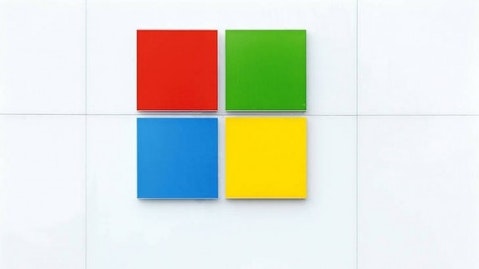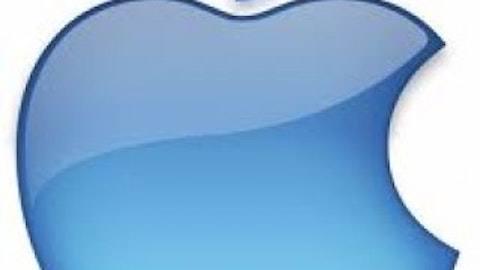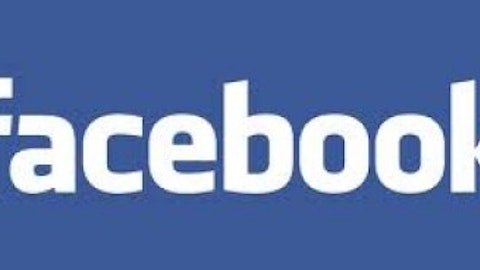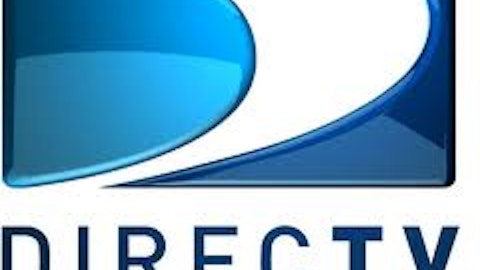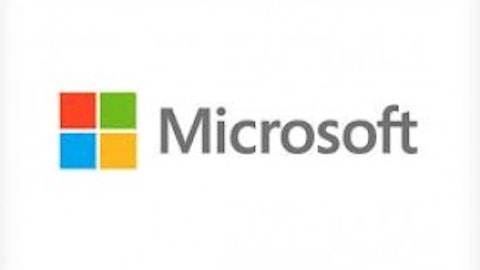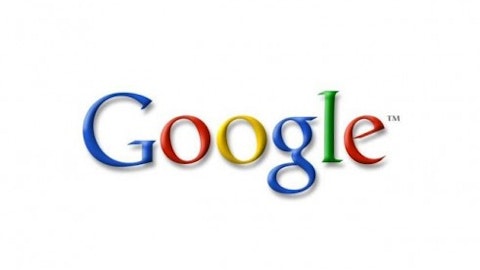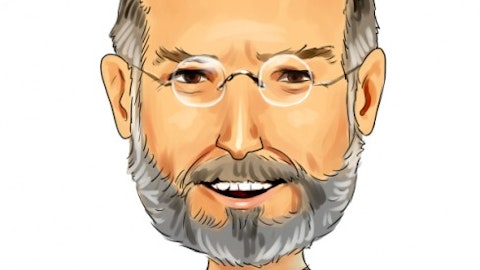Microsoft Corporation (NASDAQ:MSFT) is set to show off its updated version of Windows 8 on June 26 (codenamed Windows Blue). While the update includes a number of features, the most noteworthy are those that bring back the classic Windows feel — the return of the start button, and the ability to bypass the Metro interface entirely.
Unfortunately, as I’ve written in the past, Windows 8’s problems don’t stem from a lack of a start button. Rather, the operating system is fundamentally flawed from a design standpoint.
Are the kids flocking back to Windows?
Motley Fool Blogger Alexander Cho responded to my article (“The Start Button Isn’t Going to Save Windows”) with a piece entitled “The Kids are Starting to Like Windows 8.”
Cho, citing a study from Piper Jaffray, concludes that teenagers are increasingly warming up to the new Windows Phones, while distancing themselves from Google Inc (NASDAQ:GOOG)’s Android.
First, it’s worth noting that Windows Phone and Windows 8 are completely different operating systems. Preference towards one does not imply preference towards the other. Although they share similar design aesthetics, they function far differently and accomplish different tasks.
Second, Piper Jaffray’s study should not carry much weight. Consumer preferences can and do change quite frequently. And new smartphones are constantly hitting the market. HTC’s One, for example, was not as widely anticipated as rival Samsung’s Galaxy S4, but most reviewers have dubbed it the superior Android handset.
Lastly, if Piper Jaffray’s study is supportive of any company, it is Apple Inc. (NASDAQ:AAPL). Piper Jaffray claims that 59% of teenagers expect the iPhone to be their next smartphone, a figure that is nearly 12 times greater than the 5% of teenagers that expect to get a Windows phone.
The problem with Windows 8
Fundamentally, Windows 8 is facing a design problem. The latest version of Windows is really two operating systems smashed together — one designed for tablets, the other traditional PCs.
This makes it a great operating system for hybrid Ultrabooks like Sony Corporation (ADR) (NYSE:SNE)’s Vaio Duo or Toshiba’s Transformer — machines that can be used both as a tablet and as a laptop. Microsoft Corporation (NASDAQ:MSFT)’s own Surface Pro is probably the quintessential machine for the operating system — it’s more or less a full blown tablet with laptop parts.
But the market for such devices is small. While they do give unprecedented flexibility, they’re expensive (around $1000 or more) and come with some terrible trade-offs. The Surface Pro, for example, has been criticized for its poor battery life and hefty weight when compared to other tablets.
The updates Microsoft Corporation (NASDAQ:MSFT) has planned for Windows 8 should make the operating system more palatable to users on traditional PCs and laptops. Yet, there is no reason for these PCs to have Windows 8 in the first place. Minor performance updates aside, Windows 8 adds next to nothing to improve the experience on a traditional PC.
